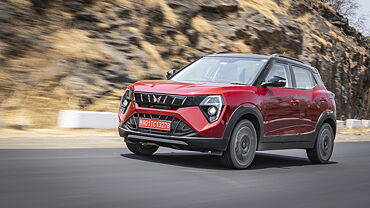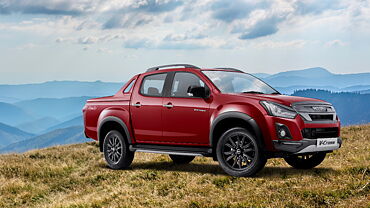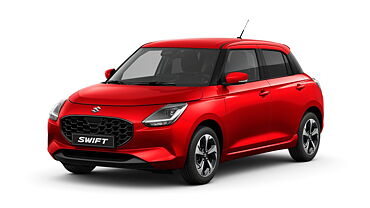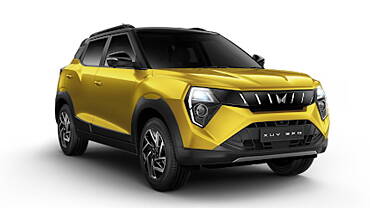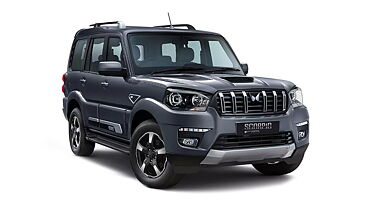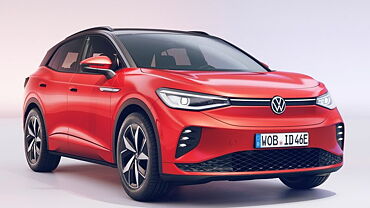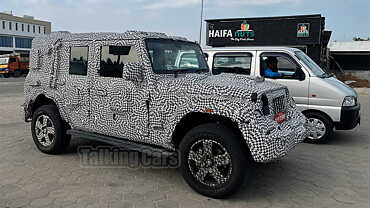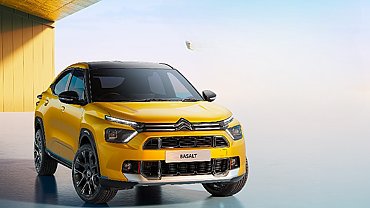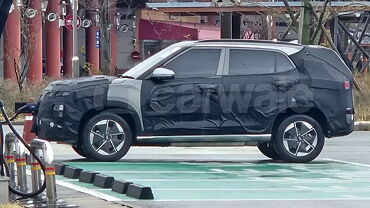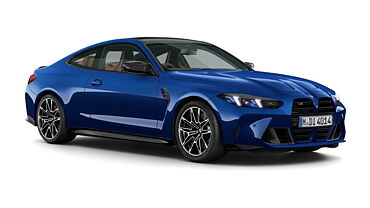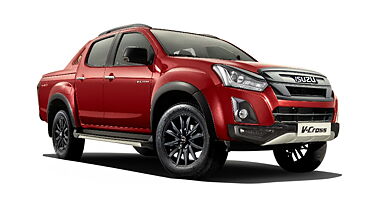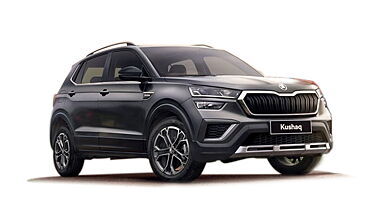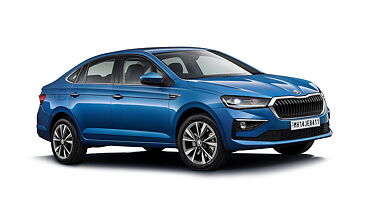Volvo, a leading commercial vehicle manufacturer, is all geared up to unveil its XC60 Plug-in Hybrid Concept car at the Detroit Auto Show 2012, which will start from 9th January. The vehicle is described as an electric car, a highly economical hybrid and a powerful high-performance all combined into one.
The Hybrid Concept can switch between three different modes such as Pure electric mode, Hybrid mode and Power mode, just at the touch of a button. In Pure mode, the car is powered by lithium ion battery; when in Hybrid mode the car have both petrol engine and battery providing motive power. The powertrain is capable of delivering 70hp from the battery whereas, the four-cylinder petrol engine delivers 350hp. In the power mode, the motor is expected to generate 280hp of maximum power.
Stefan Jacoby, President and CEO of Volvo Car Corporation said, "The technology in the XC60 Plug-in Hybrid Concept is as ingenious as it is unique," He added that, "You can make really green progress on the road without compromising on any of the luxury car's renowned properties. No other manufacturer has succeeded in delivering fuel economy and electrical range on this level in a capable, spacious performance car with 350 horsepower on tap."
Volvo XC60’s front wheels are motorised by a turbocharged gasoline engine supported by four-cylinder from the upcoming Volvo Environmental Architecture (VEA) engine family. This engine is capable of producing maximum torque of 380 Nm. Peter Mertens, Senior Vice President Research & Development at Volvo said, "In the XC60 Plug-in Hybrid Concept we demonstrate that our forthcoming four-cylinder engines offer the same high performance as today's sixes. At the same time, their fuel consumption will be lower than in current four-cylinder engines."




